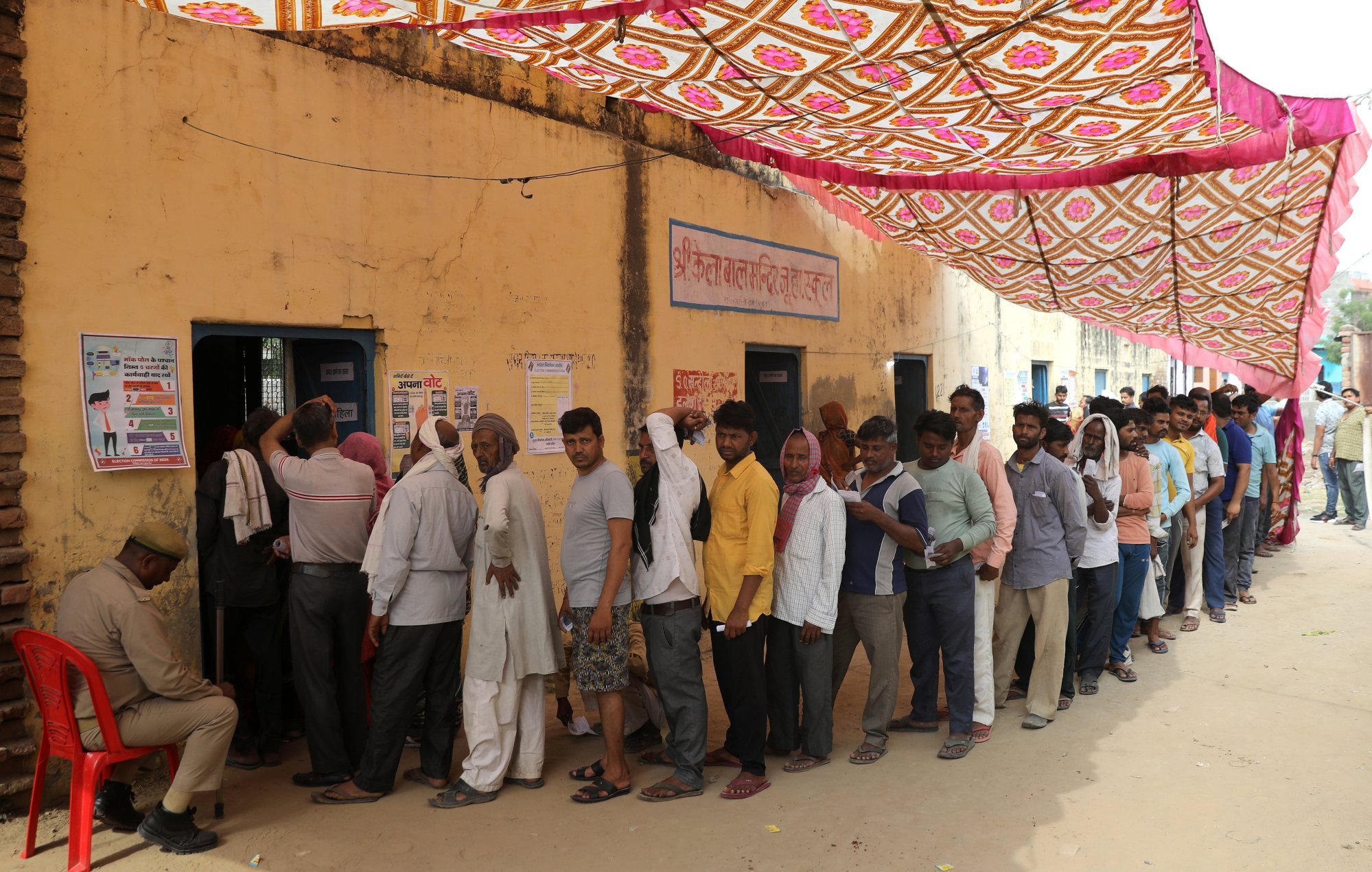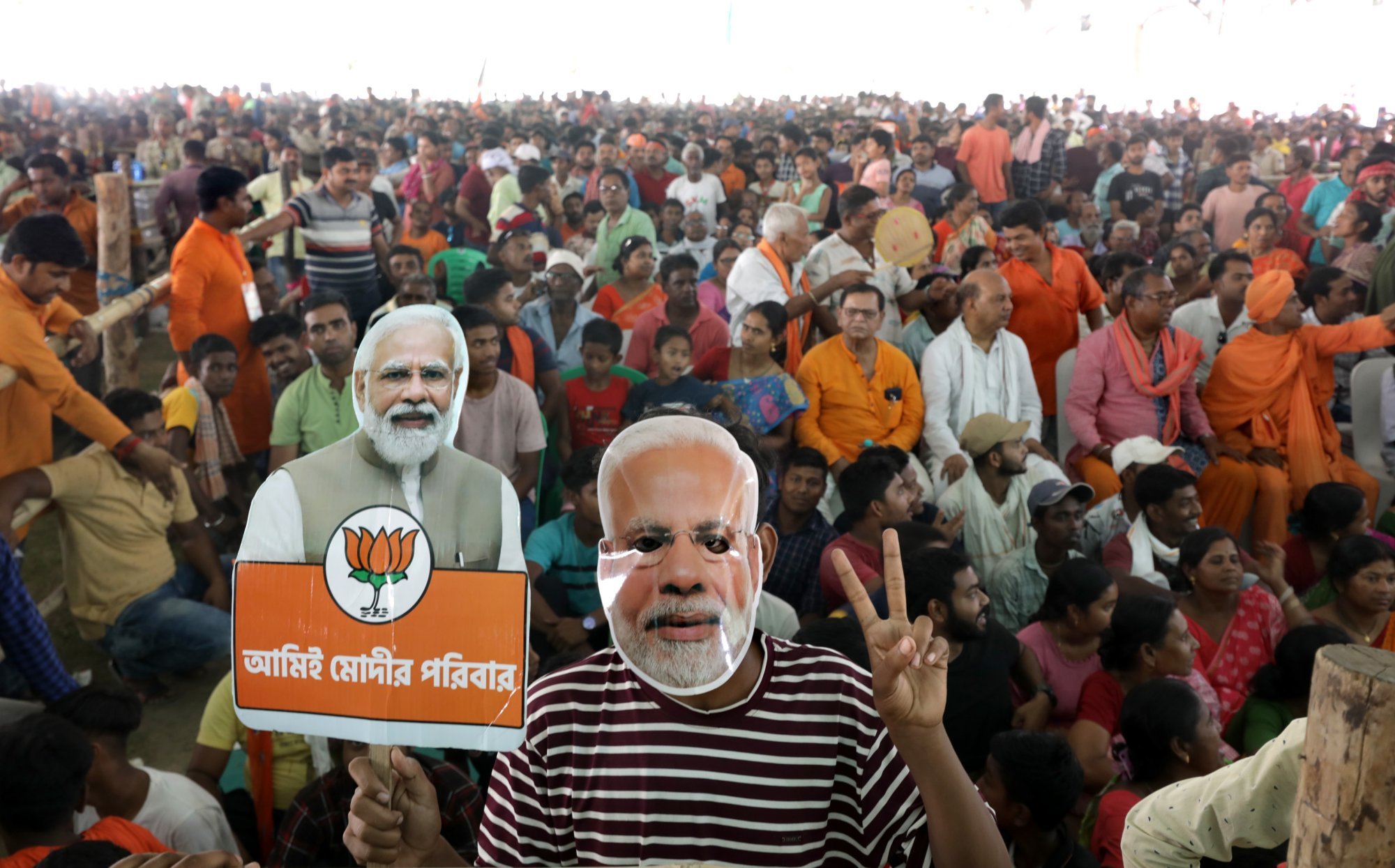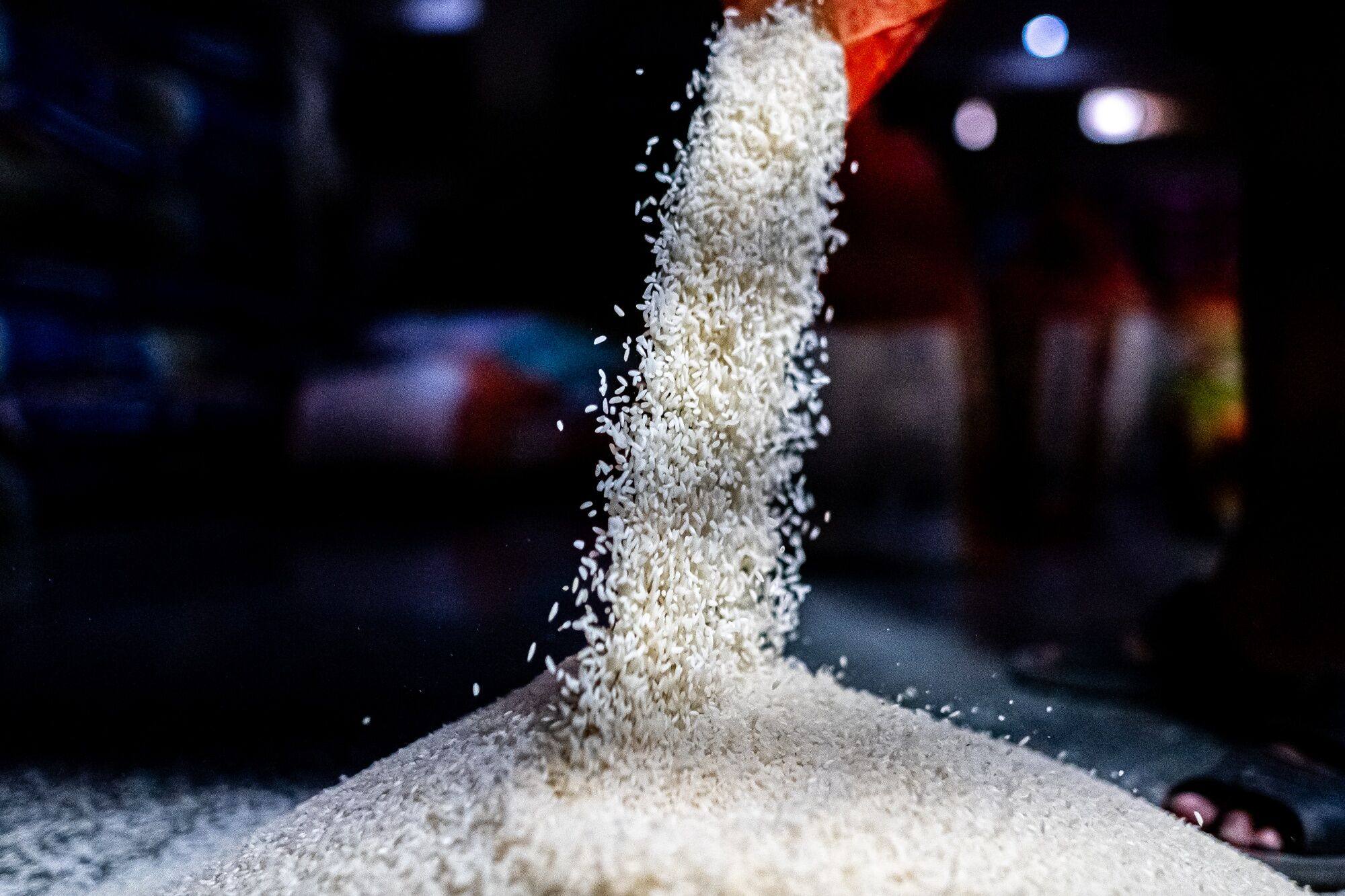
In India, young voters cry out for more jobs after a decade under Modi’s BJP
- Narendra Modi’s government has launched initiatives to speed up development, but many areas continue to lag behind – with employment scarce
- A lack of high-income jobs fuels weak consumer spending, causing a vicious cycle that could derail India’s ambition of higher manufacturing output
“Only two out of around 150 have found employment. One has been recruited as an Agniveer, which means he will be out of a job after four years,” Yadav said, referring to a new government programme aimed at promoting nationalism and skill development through military service.

But through a series of interviews with residents of Uttar Pradesh – the state that accounts for the most seats in parliament’s lower house – This Week in Asia discovered many expressing concern about a lack of job opportunities and rising prices.
Uttar Pradesh has typically trailed more prosperous Indian states such as Tamil Nadu in the south and Gujarat and Maharashtra in the west, but its residents have seen major infrastructure improvements since the BJP came to power a decade ago – including a network of new roads and a steady supply of electricity.
Yet many say they still struggle to make ends meet because of a lack of high-income job opportunities and higher living costs.
Aftar Hussain, 25, is unemployed and at his wit’s end over how to support his family in Amethi’s Munshiganj area following the death of his father, a milk vendor, a few months ago.
“If you don’t have influence, you can’t get a job,” he said.
Many shopkeepers in the area struggle to pay mortgages and loans, with their incomes taking a hit from the dwindling number of customers amid the rising cost of living.
A lack of high-income jobs is constraining consumer spending, resulting in a vicious cycle that could derail India’s ambition of higher manufacturing output.
“Businesses will come forth with investments only if there is a market. So far, the heavy lifting for investments has been done by the government,” Dhar said.
“Fast moving consumer-goods companies are not able to sell even small packets of their products.”
India’s infrastructure development has been uneven, with disproportionate focus on sectors such as roads and airports, while port development and other areas like the complex process for establishing businesses have been neglected.
“What China did was to create the infrastructure so that industries just needed to plug and play. India needs to do the same,” Dhar said.
India’s unemployment rate declined from 6 per cent in 2018 to 3.2 per cent last year, but closer scrutiny reveals two key concerns: unemployment is highest among those aged 15-29, and also remains stubbornly high among those with a formal education.
“There is a big bulge in informal jobs in the gig economy, such as drivers and delivery boys,” Dhar said. “All these people are doing something to get by, but they are extremely underpaid for working long hours.”
Opinion polls forecast a third consecutive term for Modi and his BJP, but irrespective of the political party that assumes power, analysts say that addressing young people’s employment aspirations will be a primary concern.

Demographic dividend
The challenges ordinary Indians face are particularly evident in the outlying areas of Lucknow, Uttar Pradesh’s state capital.
Umesh Dixit, a 39-year-old whose family’s home is in Barabanki, moved to Lucknow, about 60km (37 miles) away, where he ekes out a living as a taxi driver to support his wife and two children.
“My son will go to a gurukul (a type of traditional school in India led by Hindu priests) rather than complete formal schooling because job prospects are bleak,” he said.
“But you can earn a decent income as a priest by conducting weddings and other ritual ceremonies.”
Dixit said the rising cost of food and fuel have dashed his dreams of car ownership.

India’s estimated average inflation of 5.4 per cent for the financial year ending in March fell broadly within the target band of the Reserve Bank of India, the central bank.
“But there are elements of comfort and discomfort within it,” said Vivek Kumar, an economist with QuantEco Research.
Food inflation has averaged 7.7 per cent over the last six months, while fuel inflation has been negative, Kumar said, citing government data. Core inflation – after excluding food and fuel items – is at an all-time low of 3.5 per cent.
“From a household perspective, what is most visible is food and fuel inflation. The recall value of inflation is high because of the higher frequency of consumption,” Kumar said.
Gyan Prakash Pandey used a small bank loan to open a shop in the town selling knick-knacks to pilgrims. Trade was good for the first month, he said, before poor weather resulted in slower foot traffic.
“I am finding it difficult to repay my loan instalments,” he said. “But irrespective of what happens to me or my business, I will support Modi’s government.”


